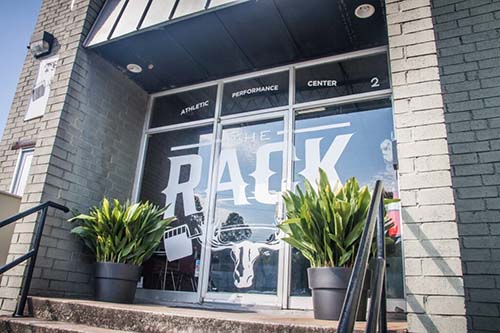Unlocking Athletic Potential: The Concept of Optimal Surplus

The concept of the “Optimal Surplus”, coined by Arkaev and Suchilin in Gymnastics: How to Create Champions, refers to having more of a certain level of psychological, technical, or physical quality than you actually need to be successful at your given event or sport (Saylor, 2015). An athlete does not necessarily need the strength of a world record holding powerlifter, the speed of a world class sprinter, the endurance of a triathlete, and the flexibility of a contortionist to be successful in their sport, they only need more strength, speed, endurance, or flexibility than is needed to effectively perform with strength, speed, and power throughout their event. For example, does an NFL offensive lineman need to squat 800 pounds to be successful? No. Although it definitely won’t hurt to have that level of brute strength, an offensive lineman needs to have a max strength level that allows them to dynamically move the weight of their average opponent, which is 315 pounds. An offensive lineman needs an optimal surplus of strength that allows them to repeatedly move 315 pounds throughout the duration of a game. When thinking of strength in this mindset, it allows you to put a number on “how strong is strong enough”.
This same concept applies to an NFL wide receiver. The average speed of an NFL defensive back is between 4.48-4.53. This means that a wide receiver needs to have an optimal surplus of speed that is slightly faster than their defensive counterparts in order to consistently succeed. This is not to say that wide receivers that run slower than 4.53 won’t be successful, but the ones with an optimal surplus of speed have a higher chance of consistently winning one on one matchups.
In the absence of the optimal surplus in one quality, a greater surplus of another quality can allow an athlete to have success. For example, a wide receiver runs a 4.6 but is very technically sound and runs efficient routes that overcome the lack of an optimal surplus of speed.
This concept of optimal surplus helps coaches simplify programming and better manage workloads for their athletes. Will adding 50 pounds to a 600 pound squatter turn them into an
all-pro? Probably not. But increasing functional range of motion and raising their endurance will likely increase their overall optimal surplus and allow them to perform at an even higher level.
Coach Jared
The Rack Athletic Performance Center

